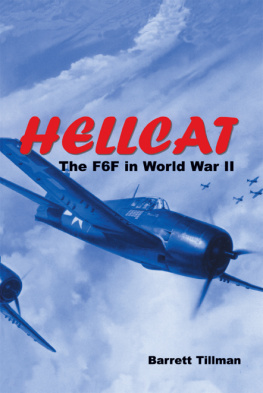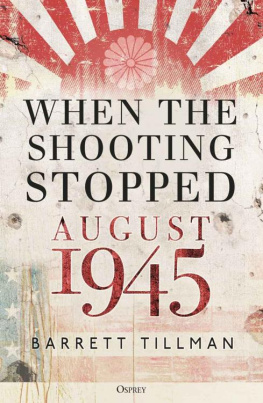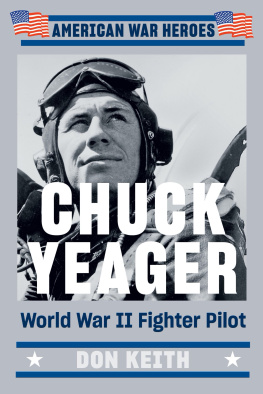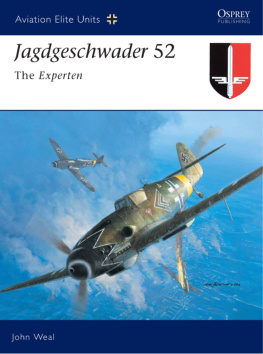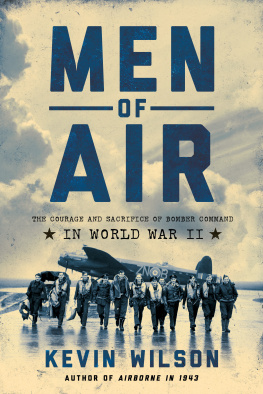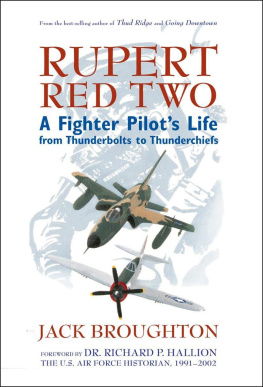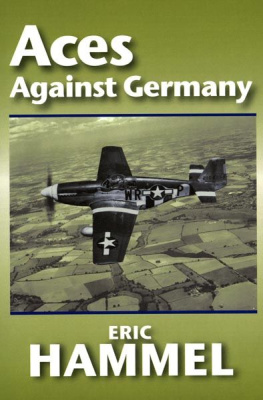CORSAIR
CORSAIR
The F4U in World War II and Korea
BY BARRETT TILLMAN
NAVAL INSTITUTE PRESS
Annapolis, Maryland
The latest edition of this work has been brought to publication with the generous assistance of Marguerite and Gerry Lenfest.
Naval Institute Press
291 Wood Road
Annapolis, MD 21402
1979 by Barrett Tillman
All rights reserved. No part of this book may be reproduced or utilized in any form or by any means, electronic or mechanical, including photocopying and recording, or by any information storage and retrieval system, without permission in writing from the publisher.
First Naval Institute Press paperback edition published 2013
ISBN 978-1-61251-542-7 (eBook)
The Library of Congress has cataloged the paperback edition as follows:
Tillman, Barrett.
Corsair : the F4U in World War II and Korea / by Barrett Tillman.
p. cm.
Includes bibliographical references and index.
1. Corsair (Fighter planes) 2. World War, 1939-1945Aerial operations. 3. Korean War, 1950-1953Aerial operations. I. Title.
UG1242.F5 T54 2002
623.7464dc21
2001057966

 Print editions meet the requirements of ANSI/NISO z39.48-1992 (Permanence of Paper).
Print editions meet the requirements of ANSI/NISO z39.48-1992 (Permanence of Paper).
9 8 7 6 5 4 3 2
Cover image Corsair by Ted Wilbur.
TO YELLOW LEADER
FROM YELLOW TWO
Other Books by Barrett Tillman
The Dauntless Dive Bomber of World War II
Hellcat: The F6F in World War II
TBF-TBM Avenger at War
Contents
Chapter opening photographs:
: Early Corsairs, probably of VF-17, over the East Coast in 1943. Note the canopy bulge to accommodate a rear-view mirror. (Ling-Temco-Vought)
: Vought test pilot Lyman Bullard in the prototype Corsair, the XF4U-1 in the summer of 1940. (Ling-Temco-Vought)
: Marine Corsair pilots race to their planes in response to a scramble alert at Guadalcanal. (Ling-Temco-Vought)
: Maintenance on a Corsair of VMF-222 on Bougainville in March 1944. (R.M. Hill)
: A napalm-loaded FG-1 taxies out for a strike mission from Peleliu in support of Marine infantry. (R.M. Hill)
: Twenty-six Corsairs of the Royal Navys Eastern Fleet, probably in the Indian Ocean. (Imperial War Museum)
: An F4U-1D of VMF-124 or 213 lands aboard the Essex, as a TBM-3 of VP-4 passes by the port quarter during operations in early 1945. (U.S. Navy)
: An F4U-1D of VMF-216 or 217 launches from the USS Wasp for the first Tokyo strike on 16 February 1945. (R.M. Hill)
: Complete with heraldry, cannon-armed F4U-4Bs of VMF-214 are parked at Pohang, Korea, in October 1951. (U.S. Marine Corps)
: AU-1s of the French Navys squadron Flotille 14F under preparation for service in Indochina, 1954. (Icare)
Capable of or adapted for turning with ease from one to another of various tasks. That was the Vought F4U Corsair. A day fighter and a night fighter. A dive bomber and a reconnaissance plane. Land-based and carrier-based.
But before the Corsair demonstrated its full potential and versatility, it was deployed where it was needed mostGuadalcanal. And carrier suitability had nothing to do with that. At the time, the F4U was the only fighter available to the Navy and Marine Corps for replacement of the obsolescent F4F Wildcat. Therefore, Marine Fighter Squadron 124, equipped with twenty-four F4U-1s and a cadre of twenty-nine pilots, was sent to Guadalcanal. There the Corsair made its combat debut on 12 February 1943.
But long before Guadalcanal became a household word, the F4U was being developed for its ultimate role in World War II. It is here that the author begins the chronology with due recognition of the test pilots. They were the first to fly what was once a schematic, they proved its design, and continued with test flights until the aircraft was ready for military service. It was up to the Navy to prove carrier suitability, and this the Navy did. Fighter Squadron 17 contributed materially to this project, and more will be said of this famous squadron. For the Marines, it would be another year before fleet carrier operations; there was enough to do in the Solomons.
As the author continues this chroniclethrough several decadesthe full potential and versatility of the Corsair will be realized. But its niche in naval aviation history will more reflect its role with the early squadrons in the changing tide of war in the Pacific. There it challenged the enemy in air combat: intercept, bomber escort, and fighter sweeps. The F4U was a formidable weapon, and its six .50-caliber guns with the Mark 8 gunsight did the job! The trigger was literally at the pilots fingertip, and another switch on the console recharged the guns hydraulically. A mere two-second burst would fire approximately 150 rounds. One can imagine the deadly results when locked on to a Zero for two to three seconds of gunfire, or when in range behind a formation of Vals.
In reading this book one can understand why Barrett Tillman is so well established in the ranks of contemporary aviation and military writers. Moreover, one can appreciate the research and the endless hours necessary to produce a manuscript. His analyses are splendid, and he opens some doors to a scenario of the world in the turmoil of conflictand in this conflict, the story of that remarkable and rugged aircraft, the F4U Corsair.
Kenneth A. Walsh
Lieutenant Colonel,
U.S. Marine Corps (Retired)
Thirty-nine years after the first Corsair took off, and twenty-five years after the last was built, it seems remarkable that anything substantial remains to be said about the F4U. At least seven previous publicationssoftcover, hardcover, monographs, and profileshave dealt with the long-lived U-Bird to some degree. The Corsair has even starred in an otherwise undistinguished television series.
Despite this abundance of publicity, I felt the Corsair story had still not been fully told. And while this volume may not tell the entire story, I have attempted to touch upon each phase of the bent-wing birds lengthy career.
This includes perhaps the most neglected aspect of Corsair historynot its combat record, but the story behind the delay and near-cancellation of this outstanding aircrafts appearance aboard U.S. aircraft carriers. Though the F4U was conceived and built as a carrier fighter, it spent the first three years of its wartime life ashore. I suspected there might be a lesson to be learned here and make no apologies for dealing with the subject in some detail.
Next page

